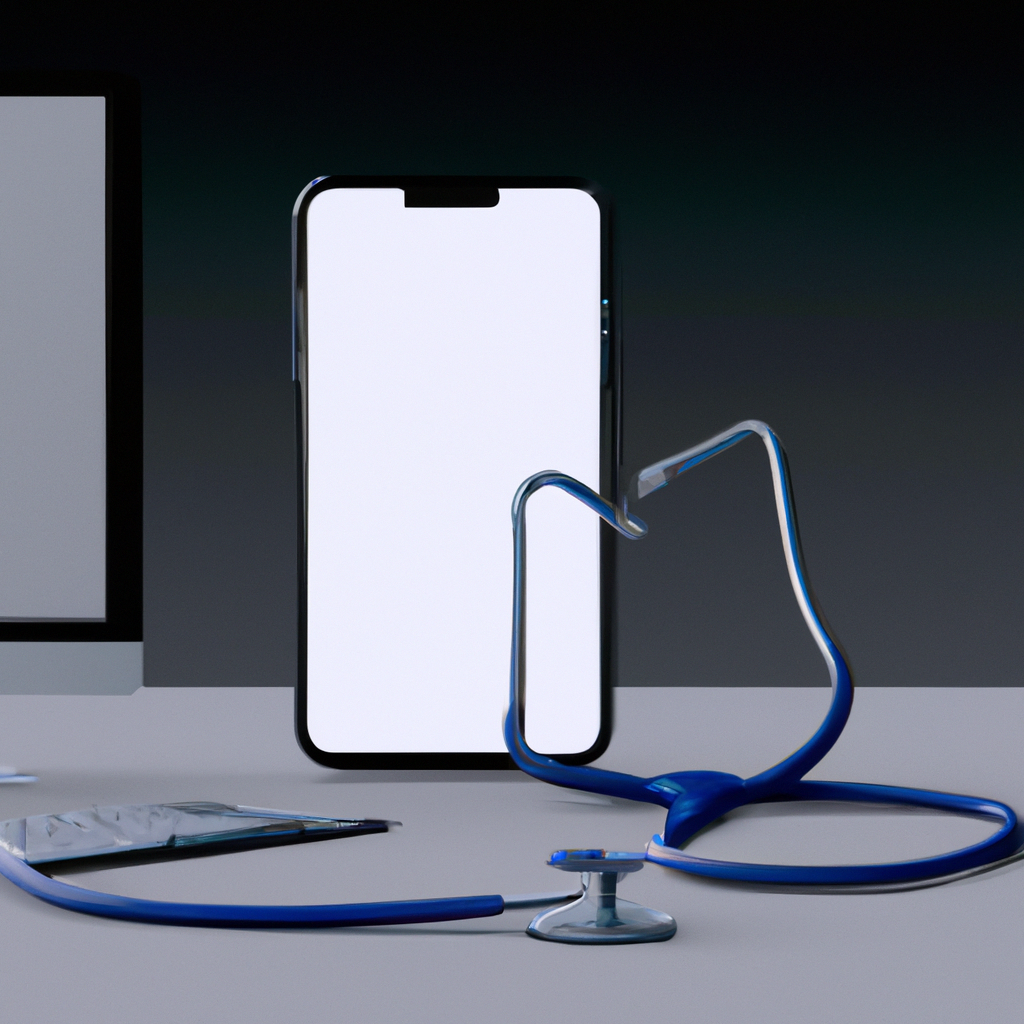- Telemedicine enables healthcare professionals to monitor patients’ health status remotely.
- Remote patient monitoring devices are an essential component of telemedicine.
- Telemedicine offers many benefits, including increased convenience and patient engagement.
- Lack of reimbursement for telemedicine services and the lack of standardization in telemedicine technology are significant challenges.
- Data privacy and security are critical concerns in telemedicine.
Telemedicine has revolutionized the healthcare industry, enabling patients to receive medical care from the comfort of their homes. Remote patient monitoring devices are a crucial component of telemedicine, allowing physicians to monitor patients’ health status without requiring them to travel to the hospital or clinic. This technology has become increasingly important in the wake of the COVID-19 pandemic, which has highlighted the need for remote healthcare services. In this article, we will explore the benefits of telemedicine for remote patient monitoring devices and the challenges that come with it.
Telemedicine and Remote Patient Monitoring
Table of Contents
Telemedicine refers to the use of technology to provide healthcare services remotely. Telemedicine has been around for many years, but it has gained significant momentum in recent times due to the COVID-19 pandemic. Remote patient monitoring (RPM) devices are one of the most important applications of telemedicine. RPM devices are used to monitor patients’ vital signs, such as blood pressure, heart rate, and blood glucose levels. RPM devices transmit this information to healthcare professionals, who can then monitor the patient’s health status and provide timely interventions if necessary.
Advantages of Telemedicine
Telemedicine offers several benefits for remote patient monitoring devices. First, it enables healthcare professionals to monitor patients’ health status without requiring them to travel to the hospital or clinic. This is especially important for patients with chronic conditions who require frequent monitoring. RPM devices can be used to monitor patients’ health status in real-time, allowing healthcare professionals to identify potential health issues before they become serious.
Second, telemedicine is more convenient for patients. Patients no longer have to take time off work or travel long distances to visit the hospital or clinic. Remote patient monitoring devices can be used from the comfort of their homes, making healthcare more accessible to everyone. Telemedicine can also reduce healthcare costs for patients since they don’t have to pay for transportation or parking fees.
Third, telemedicine can increase patient engagement and empowerment. Patients can use RPM devices to monitor their own health status and take an active role in managing their health. RPM devices can provide patients with immediate feedback on their health status, giving them the information they need to make informed decisions about their health.
Challenges of Telemedicine
Despite its many benefits, telemedicine also has some challenges that need to be addressed. One of the biggest challenges is the lack of reimbursement for telemedicine services. Many insurance providers do not cover telemedicine services, making it difficult for healthcare professionals to provide remote care to their patients. This is especially true for patients in rural areas who may not have access to reliable internet connections.
Another challenge is the lack of standardization in telemedicine technology. There are many different types of RPM devices available, and healthcare professionals need to be trained on how to use them effectively. This can be a significant barrier for healthcare professionals who are not familiar with telemedicine technology.
Finally, telemedicine raises concerns about data privacy and security. RPM devices transmit sensitive health information over the internet, and it is essential to ensure that this information is protected from unauthorized access. Healthcare professionals need to ensure that they are using secure telemedicine platforms that comply with data privacy regulations.
Telemedicine offers many benefits for remote patient monitoring devices, but it also presents several challenges that need to be addressed. As telemedicine continues to grow, it is essential to ensure that patients have access to high-quality remote healthcare services that meet their needs. By addressing the challenges of telemedicine, we can create a more accessible and efficient healthcare system that benefits everyone.
More Questions ?
- Benefits of telemedicine for remote patient monitoring devices
- Remote patient monitoring devices and telemedicine
- Challenges of telemedicine for remote patient monitoring devices
- Reimbursement for telemedicine services
- Data privacy and security in telemedicine
Related Readings
- “Telemedicine and Remote Patient Monitoring: A Guide for Healthcare Professionals”
- “The Future of Telemedicine and Remote Patient Monitoring Devices”
- “Challenges and Opportunities in Telemedicine: A Review of the Literature”
- “Telemedicine and Remote Patient Monitoring: An Overview of Current Technologies”
- “The Impact of Telemedicine on Healthcare Delivery: A Systematic Review of the Literature”
